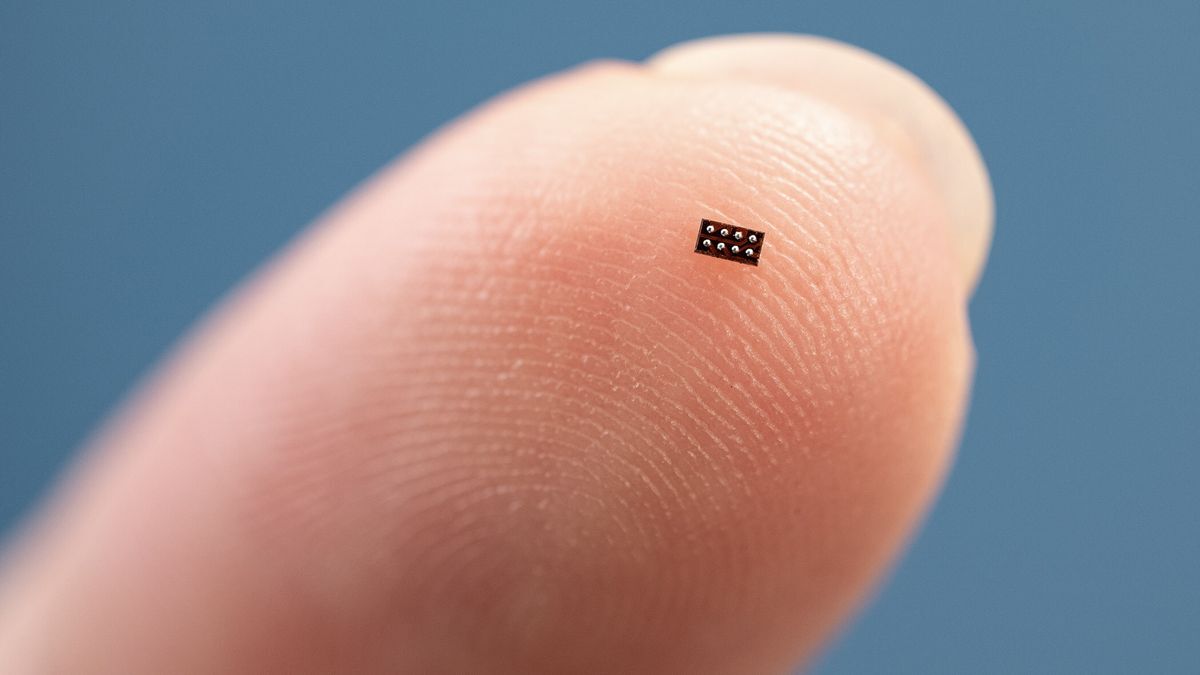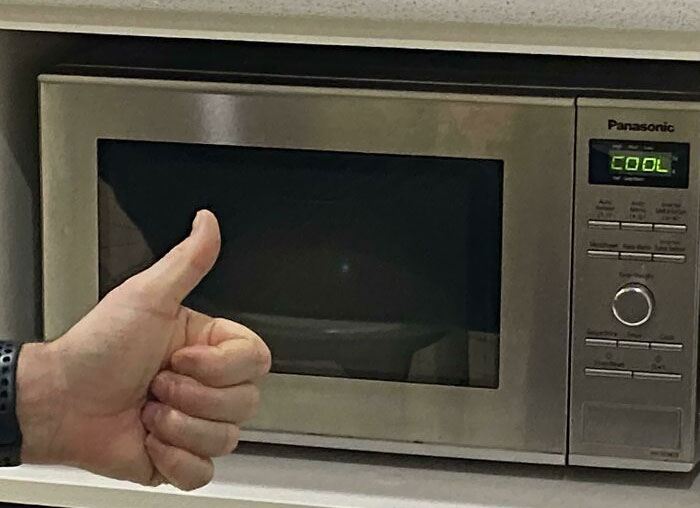The future: we have replaced the microplastic in our blood with microcontrollers
And each of them is powerful enough to run Doom
So you are saying once it gets into your bloodstream you are doomed?
in every meaning of the word
You had me at “run Doom”.
So right at the end?
And the microcontrollers to control the microplastics.
And the microcontrollers will be charged by mitochondria.
The powerhouse of the cell??
Would you like gray goo with that?
Yes please. Can’t be much worse than what we have now.
I live in Denmark, work in a location with about 120 people. Two of them believe this, and there is a third one who’s a massive Trump fan. I try to not interact with them.
I’m sure they have interesting things to say about the covid vaccines.
about
the covidvaccines.There, all fixed now.
At what point do we become Borg
32-bit processor, the powerhouse of the cell
“It does in fact run Doom”, he said before he snorted a line of his new favorite drug - a dark grey line of Gigaflops.
This is making the Republicans so nervous.
What would you be referring to?
Like a solid half of all antivaxxers are anti vax because they’re convinced that Bill Gates is putting microchips in your bloodstream to control your brain waves.
In broad terms, that seems to put it about on par with an Intel 386 chip from 1985
At 24 MHz, it’s actually about 4-6 times faster than a full fledged 33 MHz i80386DX with 10 times as many transistors back in the day.
It’s absolutely insane that i386 remained the standard with its inferior high latency design.https://en.wikipedia.org/wiki/Acorn_Archimedes
exhibiting BASIC language performance ten times faster than a newly introduced 80386-based computer
That was an 8MHz Arm system, and it was commonly recognized as being clearly faster than a 33MHz i80386DX!
In fact the 8036 was so inefficient at 33MHz it couldn’t even beat the speed of a 16 MHz 80286 on 16 bit code!!
Mips, Alpha, Motorola, Sparc and finally Arm were all better, but they weren’t backed by IBM, and the availability of clones made the PC relatively cheap. But basically everything else was better than Intel.Unfortunately Arm also lacked a math co-processor, so for tasks that were heavy on FP calculations, an i386 with co-processor was superior.
Also Arm was unable to sell them cheap enough to capture at least a niche market. (Apart from education in UK)
And for the hobbyist an Amiga was way cheaper, and had powerful graphics and sound chips.Thank you. This kind of information was exactly what I wanted in the comments.
As a person who started on a 286 this seems blazing fast. Just wish it had ports for power, HDMI and USB
Now you got me remembering my 2MHz “big board” Z80 computer I put together in the 80s from a kit. First computer I ever owned. On first power-up nothing seemed to happen, then I turned up the monitor brightness and a choir of angels sang.
I love this.

Nanobots of 90’s sci-fi, here we finally come!
I want those fuckers powering little submarines that fight cancer cells right now - but realistically speaking, these microcontrollers would need to be at least one order two order of magnitude smaller for that, no?
Just reprogram viruses (like the microbe) instead. It’s easier.
Oh, absolutely. I just mean that we appear to be headed in that direction.
Just nuts that my 386 was to big to take on my pushy as a kid and now the same thing would get lost in my nose hairs
32-bit just won’t die!
I was just thinking that. XD
Package options : 20-pin, 16-pin or 8-pin … but looking at Texas instrument website i did not find the pinout …
Looks like a micro Lego. Hell, it is a micro Lego.
How would you ever actually practically use this
Same way you would in any other microcontroller application, but smaller, so the whole device can be smaller.
Get small enough and we can really have those bloodstream robots.
I make specialty vehicle electronics. My immediate thought was very small and cheap sensors. Similar to tire pressure monitoring but wired with CAN or something similar.
fly-sized spy drone
In small things. Probably not very feasible for hobby projects unless you can get it soldered on when the PCB is built.
BGA, like in the photo, isn’t the only option. There are options only slightly larger with hand-solderable packages (if you’re good at soldering)
This article was written by someone who only knows buzz words. They said it’s “not just the silicone, but the entire microcontroller” what do they think processors have other than silicone?
They’re referencing the package as a whole, plastic casing, gold internal wiring, etc. and the silicon die in the center of it all.
This still makes no sense, because the gold wiring is a huge cost. Why dafuq wouldn’t current manufacturing encourage smaller packages? And there has been a push to make things thinner since ad memorium, so why wouldn’t they have made the die slimmer?
Edit: good to know the hive mind still exists.
You’re asking why they didn’t make the package thinner than like .1mm thick…?
Or are you commenting on some sense of surprise that someone would want to make small things, or something? If so, not sure what you’re referring to.
I’m saying there is no reason to say this microcontroller is vastly different from current products on the market.
Sure there is.
As far as I know this is the smallest full microcontroller package on the market. Which is what makes it interesting and why we are here talking about it.
Are there others?
Correct me if I’m wrong, but there is no silicone at all in microprocessors but silicon.



















